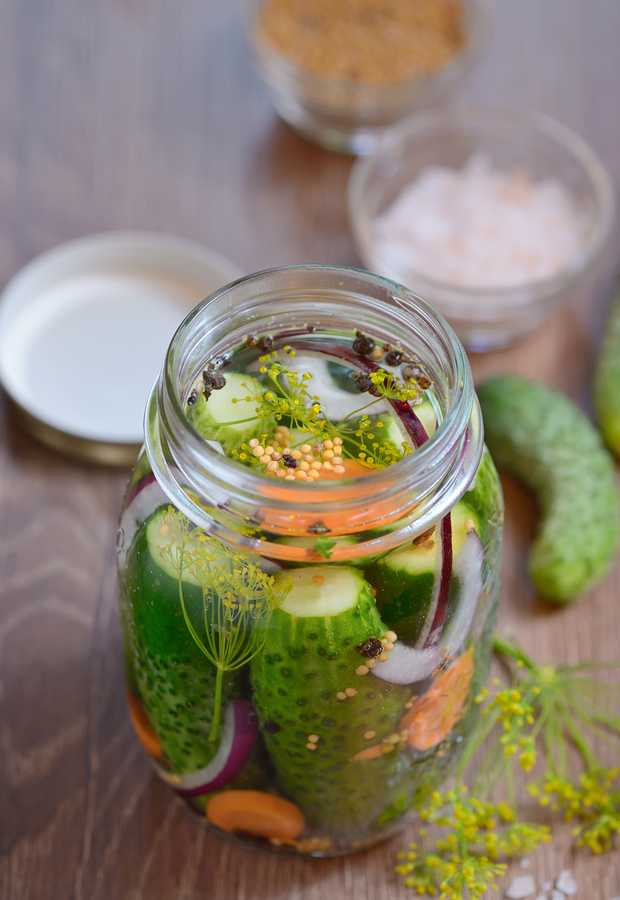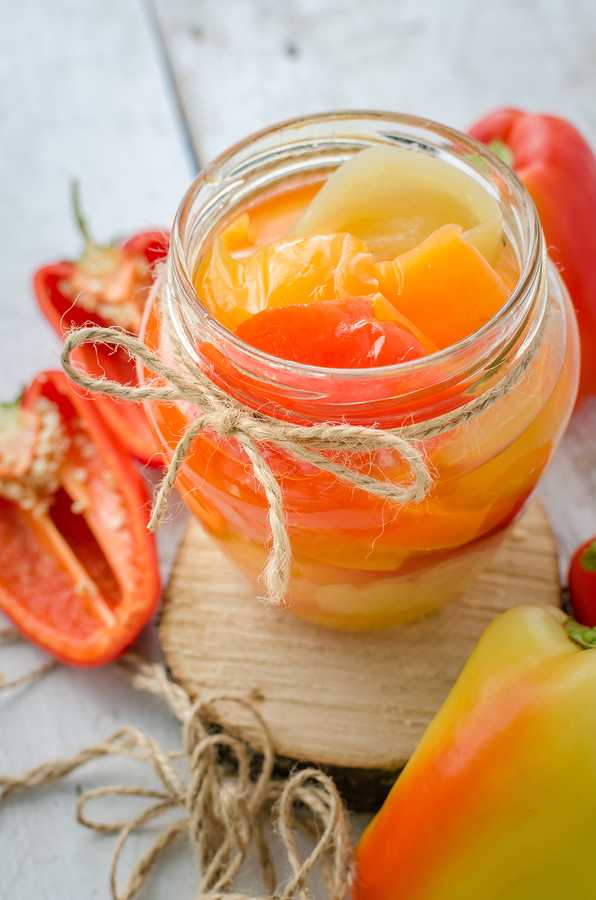Fall is here! But don’t worry, it’s not all rain and cold weather. Fall is a beautiful season of bounty, and you can make the most of that bounty by taking up your new favourite hobby: canning. That beautiful jam you like? You can make it. Dill pickles? You can make those too. Those cans of tomatoes you buy every other week? Yep, you got it! All you need is a bit of equipment and a bit of know-how. London Drugs has got you covered on both counts.

Canning is really just a way of preserving food. Water bath canning is the easiest way to start: you fill glass jars with the stuff you want to preserve (jams, jellies, pickles, etc.) and boil them in hot water. This kills any bacteria present, removes air from the jar, and seals it to prevent any more bacteria from getting in. Water bath canning only works for high-acid foods like fruit, tomatoes, and pickled things.
If you want to get really fancy and preserve your perfect pumpkin pie filling, you’ll need to upgrade to a pressure canner. But the basic process is to sterilize your jars in boiling water, make your preserves, put those preserves in the jars, put on the lids, and throw them back in boiling water. Easy peasy, right?
So where do you begin? First, you need some equipment:
- Large stockpot, deep enough to completely cover your jars
- Canning jars
- Canning lids (these will come with jars if you buy a new set!)
- Jar lifter
- Lid lifter
- Funnel
We’ve got a complete canning kit that includes the jar lifter, lid lifter, and funnel, as well as 250ml jars, 500ml jars, and even 1L jars for things like pickles and whole tomatoes. If you’re making jam or jelly, you’ll also need pectin.
Once you’ve acquired the equipment, you need to decide what you want to can! In early fall we still have stone fruit like peaches and plums, and lots of tomatoes. Later in the season, root vegetables like carrots and beets can make some excellent pickles. And apples, of course!

If you’ve got a well stocked grocery store that brings in produce from further afield, you can can small batches with basically any type of fruit. We’ve got recipes for strawberry balsamic jam and sour cherry jelly on the blog from earlier this summer. (What’s the difference between jam and jelly, you ask? Jam is made from crushed fruit while jelly is made from fruit juice! The more you know.)
Next, as a beginner, follow a recipe!
Canning isn’t difficult, but when mistakes are made they can range from something minor like a jam that doesn’t set to something dangerous like food that is unsafe to eat. You may balk at the amount of sugar in some of these recipes, but it’s integral to getting the jelly or jam to set properly, and it helps prevent spoilage.
Boiling time will vary depending on what altitude you’re at. You also can’t reuse the flat part of the two part lid for canning jars; you can reuse the ring, but you need a new lid each time you can. And don’t forget to sterilize your jars before filling them with your preserves!

There are a ton of great websites you can go to for more information and recipes, including the National Center for Home Food Preservation, Food in Jars, and Punk Domestics. Companies that make canning supplies like Bernardin and Ball are also fantastic resources.
Here are a few of our favourite fall recipes. Go ahead and get canning! You can can!

